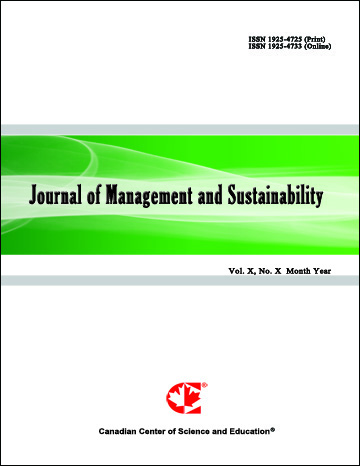Environmental Tax Burden in a Vertical Relationship with Pollution-Abatement R&D
- Takeshi Iida
- Tomomichi Mizuno
- Yumi Yoshida
Abstract
In contrast to the polluter-pays principle, environmental taxes are imposed at various points in the chain of production and distribution (e.g., the fuel and regulatory energy taxes in the Netherlands). To discuss the effects of environmental tax burden ratio on economic outcomes, we consider a market where there is one upstream firm and two downstream firms that pollute the environment. The government imposes environmental tax on the upstream and downstream firms at some tax burden ratio. Given the tax burden, the downstream firms invest in pollution-abatement technology. After investment, the upstream firm chooses a wholesale price, and then the downstream firms compete a la Cournot. We obtain the following results: First, the total amount of environmental damage increases with the tax burden in the downstream market if the pollution-abatement technology is inefficient. Second, the profit of downstream firms increases with their tax burden if the tax burden is small. Finally, in the optimal tax burden scenario, both upstream and downstream firms may have to pay tax.
- Full Text:
 PDF
PDF
- DOI:10.5539/jms.v4n1p76
Journal Metrics
Google-based Impact Factor (2021): 1.54
h-index (July 2022): 37
i10-index (July 2022): 147
h5-index (2017-2021): 12
h5-median (2017-2021): 19
Index
- Academic Journals Database
- ANVUR (Italian National Agency for the Evaluation of Universities and Research Institutes)
- CAB Abstracts
- CNKI Scholar
- EconBiz
- Excellence in Research for Australia (ERA)
- GETIT@YALE (Yale University Library)
- Harvard Library
- HeinOnline
- Infotrieve
- JournalTOCs
- LOCKSS
- MIAR
- PKP Open Archives Harvester
- RePEc
- Scilit
- SHERPA/RoMEO
- Stanford Libraries
- UCR Library
Contact
- Evelyn XiaoEditorial Assistant
- jms@ccsenet.org
